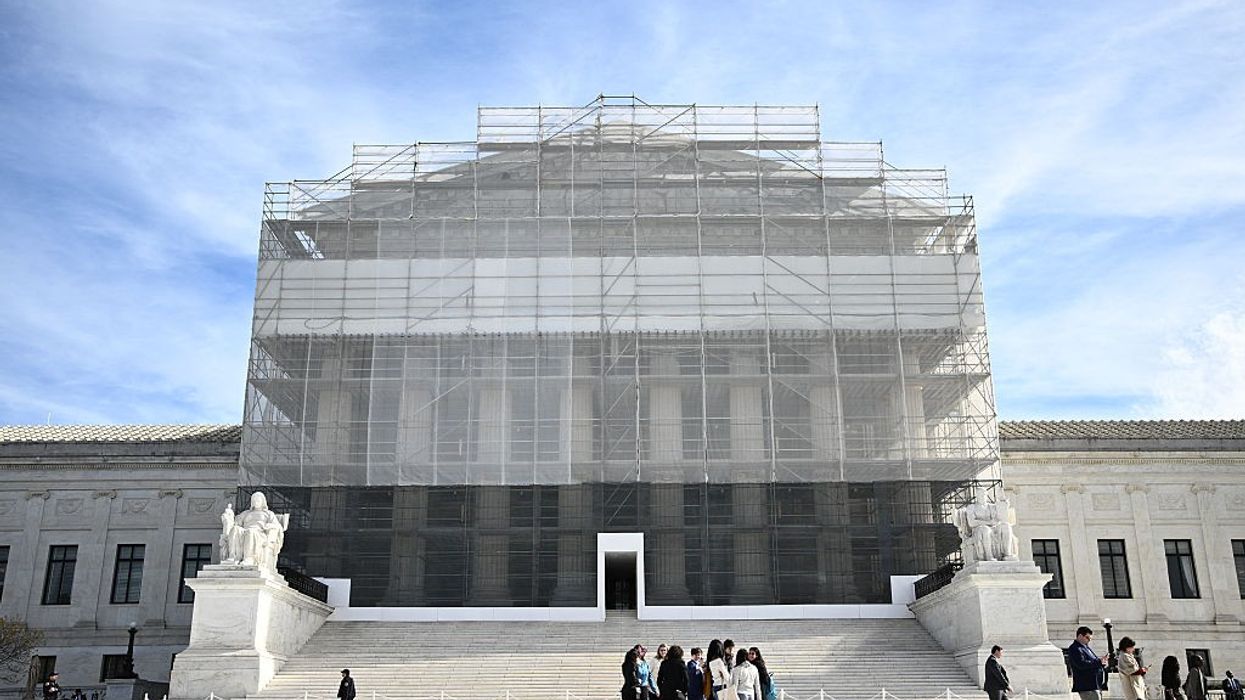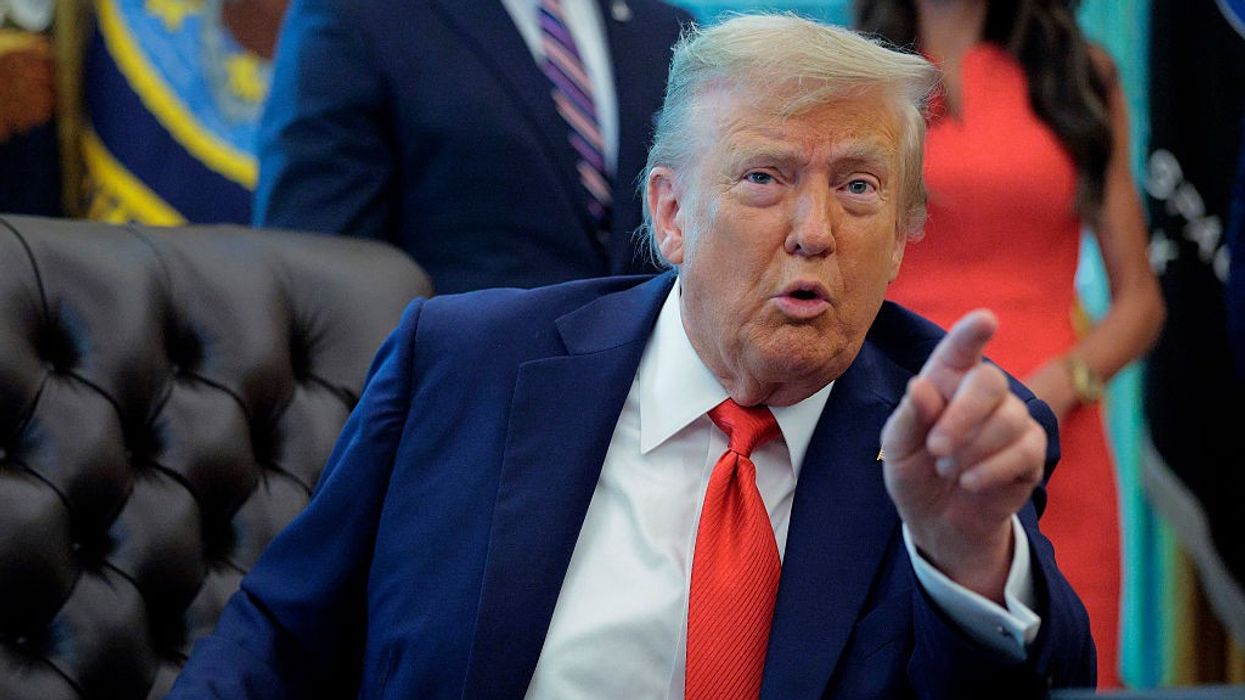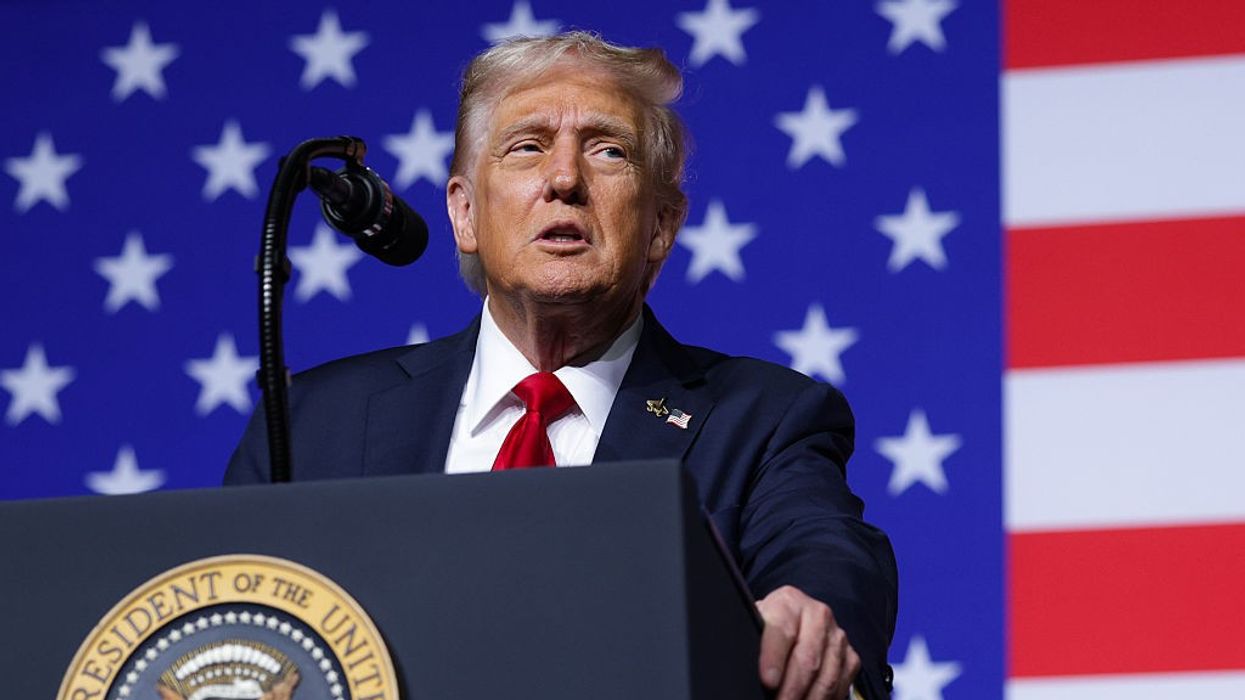Highlights:
- India’s goods exports rose 6 per cent in September 2025 to $36.38 billion despite steep US tariffs.
- President Trump imposed two rounds of tariffs totaling 50 per cent citing India’s Russian oil imports.
- Commerce Secretary Rajesh Agarwal highlighted strong performance despite a volatile trade year.
- US tariffs may affect over 55 per cent of India’s $87 billion exports to America in 2024–25.
- Textile exporters report reduced orders and inventory buildup amid tariff-induced trade strain.
India’s goods exports registered a 6 per cent growth in September 2025, touching $36.38 billion compared to $34.08 billion during the same month last year, even as the country faces escalating US tariffs triggered by its continued oil trade with Russia. According to data released by the Ministry of Commerce and Industry on Wednesday, India’s exports have shown strong resilience amid an increasingly turbulent global trade environment.
The growth comes despite president Donald Trump’s back-to-back tariff announcements earlier this year. On July 31, Trump invoked powers under the International Emergency Economic Powers Act (IEEPA) to impose a 25 per cent reciprocal tariff on Indian goods. Soon after, on August 6, he signed an executive order adding another 25 per cent penal tariff, citing India’s imports of Russian oil. These additional tariffs came into effect on August 27, significantly raising concerns among Indian exporters and policymakers.
Commerce Secretary Rajesh Agarwal acknowledged the challenges but highlighted India’s adaptability to shifting trade dynamics. “It has been a turbulent year for trade that has resulted in a recalibration of the supply chain. The positive thing is that in the first six months of the current financial year, India’s goods and services exports have grown compared to the last financial year. Even the trade deficit is lower,” Agarwal said.
The United States continues to remain India’s top export destination, accounting for a major share of the country’s textile, apparel, and machinery exports. In 2024–25, India exported goods worth $87 billion to the US. However, the Finance Ministry has warned that the new tariffs could impact more than 55% of these exports, leading to concerns among exporters in sectors already struggling with high input costs and slowing global demand.
A recent survey by the Confederation of Indian Textile Industry (CITI) revealed the adverse effects of the tariff hike. Around one-third of respondents reported their turnover had dropped by more than 50%, with many citing reduced orders and increased demands for discounts from American buyers. “About 85% of the respondents have reported an inventory build-up due to the reduction in orders, and about two-thirds have had to offer discounts—mostly around 25%—to stay competitive,” the report stated.
Despite these headwinds, the September export data offers a ray of optimism. Experts believe that India’s continued focus on diversifying its trade partners, exploring new markets in Africa, Latin America, and Southeast Asia, and strengthening domestic manufacturing through initiatives like “Make in India” could cushion the long-term effects of US tariffs.
While geopolitical tensions surrounding Russia’s oil trade remain a friction point between New Delhi and Washington, India maintains that its energy decisions are guided by national interest and consumer welfare. The recent export growth suggests that even amid global pressure, India’s trade ecosystem is adapting swiftly, driven by innovation, diversification, and resilience.















